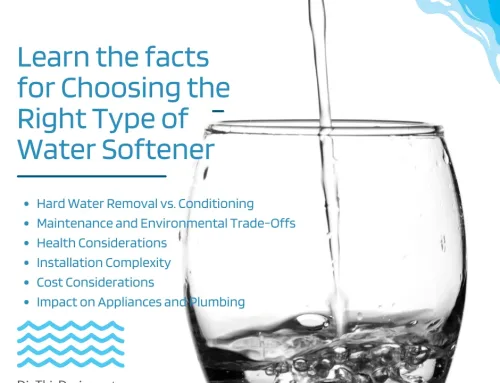What kind of cookware do you use when you cook in your kitchen? Do you know the importance of choosing the type of cookware to use in your kitchen? And the potential impact that some cookware can have on your health? Well, we are here to help you learn more about the topic and will specifically go over ceramic cookware, discussing everything pertinent that you should know about it.
Everything You Should Know About Ceramic Cookware

What Are the Different Main Types of Cookware You Can Purchase for Your Kitchen?
There are various kinds of cookware materials you can opt for, the most typical being cast iron, stainless steel, non-stick, like the brand Caraway, and PTFE non-stick, like the brand Teflon. Ceramic cookware is an excellent option because it avoids using chemicals, thus promoting healthier cooking in your home.
What Is Ceramic Cookware?
Ceramic cookware typically will have a metal core, often made of aluminum or copper, and a ceramic-coated non-stick cooking surface. The surface is made from natural sand-derived silicon using a process known as sol-gel, and they use this silicon because it helps prevent sticking. Ceramic cookware uses a non-toxic coating with absolutely zero toxic substances, allowing for safer cooking in your kitchen that places your health first as a top priority.
Just like other cookware lines made of different materials, ceramic cookware will also typically carry pots and pans in their lines. However, with ceramic cookware, it is unusual for the merchandise to be of clay material, baked in a kiln, and glazed, although this is true for some ceramic cookware that they wholly and genuinely create from clay. But for most ceramic cookware lines, the pots and pans usually have a metal core, often derived from aluminum or copper, that they coat with multiple layers of glazed ceramic coating. The coating provides a beautiful, modern, glossy, shiny matte finish, allowing merchandise to heat evenly and be non-stick.
What Are the Significant Advantages and Disadvantages of Each Kind of Cookware?
PTFE stands for polytetrafluoroethylene and can have usages for an array of purposes. However, several of the chemicals that they use to produce the coatings for PTFE are known to be toxic. So, using such cookware materials is highly unsafe and unhealthy, and we recommend not doing so. Ceramic cookware in your kitchen is safer and healthier than PTFE cookware. You can also use various other cookware types made with better materials than that of PTFE.
Cast-iron cookware is another option you can choose to purchase. However, unlike ceramic cookware, cast iron cookware can often cause certain foods to react to the actual cast iron substance. In turn, this can rid your food of its seasoning and leave a displeasing iron-like flavor in your food in its aftermath. Another disadvantage of cast iron pots and pans is that many kinds of foods are likely to stick to the skillet, regardless of whether you season the food well.
Although stainless steel cookware is considered safe for the most part, it is often easy and quick to damage. Further, if it is damaged, even if these damages are just minor scratches, it can result in small metal pieces seeping into the food you are cooking. Harsh scrubbing and other metal utensils can quickly result in such scratches. Also, if you burn a stainless steel pot, it can cause the metal to pit and let out metal particulates into the food. This will also alter the way your cookware functions.
Ceramic Cookware Is a Better Option: Here’s Why
Ceramic cookware is a significantly better option for cooking in your kitchen than other lines. Competitor cookware lines can be made with alternative materials. Further, this is because ceramic cookware is entirely free of heavy materials such as lead, calcium, and metals. It is also free of PFOA, PTFE, like Teflon, and other PFAs, as well. The ceramic cookware sets’ coating does not have these potentially toxic substances. It is significant to mention that the ceramic cookware line from the brand Caraway, in particular, avoids using hard anodization.
Conclusion:
Consider purchasing a ceramic cookware line if you want to improve how you cook in your kitchen and the materials you use. There are many significant advantages ceramic cookware has. This includes the use of non-toxic materials, non-stick cooking surface, effortless cleaning, even heat conductivity, and versatility. By versatility, the ceramic cookware lines can carry out what you are trying to execute and do so well, despite whatever the cooktop or environment might be where and when you are using it.
Other Posts You Might Enjoy:
An Easier Way to Care for Cast Iron Pans
The Pros and Cons of Kitchen Renovations





